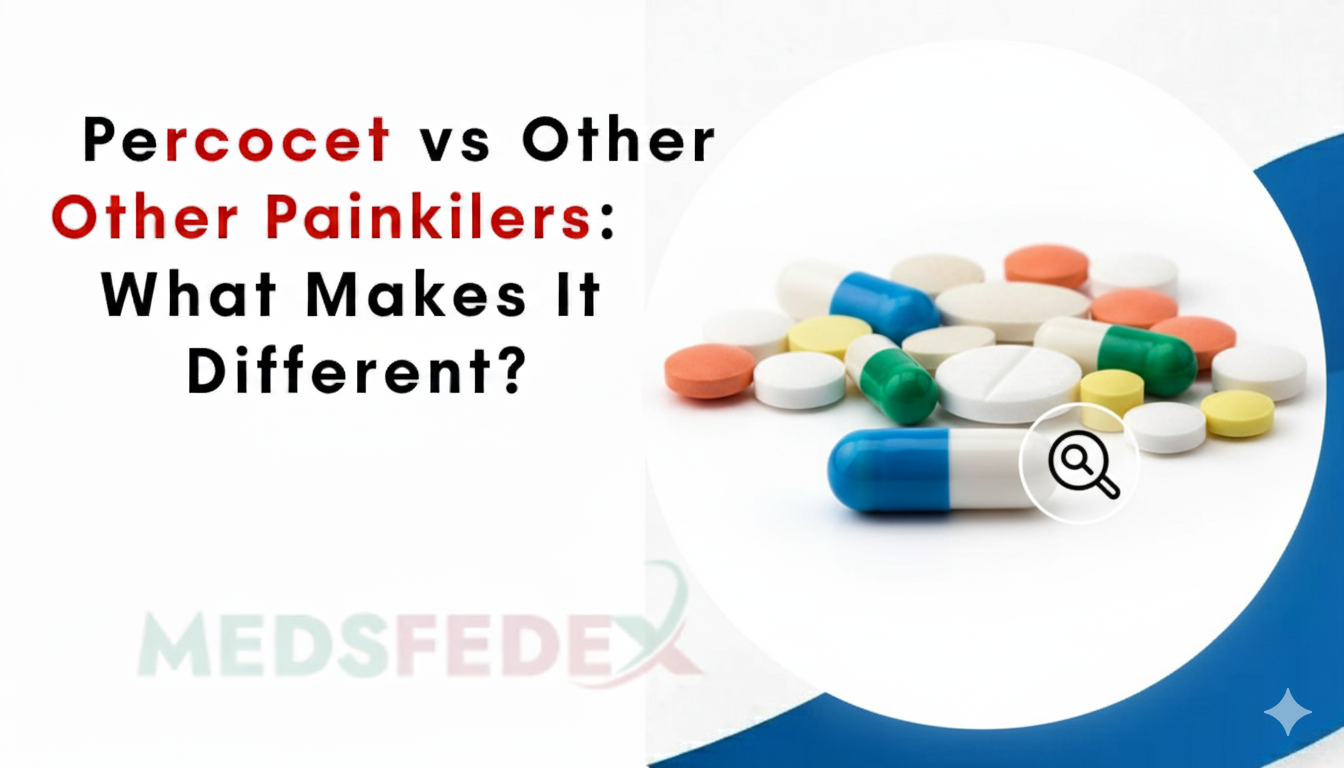
The world of pain management is vast, complex, and sometimes fraught with high-stakes decisions. When pain becomes a relentless, debilitating force, a physician might turn to powerful prescription-strength analgesics. Among these heavy hitters, Percocet stands out a name that commands attention and respect for its efficacy, but also demands extreme caution due to its inherent risks. But what truly separates this combination drug from the myriad of other options, from over-the-counter NSAIDs to its pure opioid cousins? We must boldly dissect the pharmacological landscape to truly grasp the monumental differences. This is not merely a discussion of strength; it is a deep dive into chemistry, mechanism, and clinical application. You must understand the precise nature of the tools doctors use to fight severe pain, and you must recognize the significant risks that accompany such therapeutic power.
The Chemical Crossover: Decoding Percocet’s Dual Action Formula
Percocet represents a distinctive approach to pain relief, fundamentally separating it from many single-ingredient painkillers. You need to grasp the formula to understand the drug’s differential impact. This powerhouse is a combination medication, uniting two distinct therapeutic agents: the opioid Oxycodone and the common non-opioid analgesic, acetaminophen (the active ingredient in Tylenol). This dual-action mechanism is the core differentiator.
The power of Percocet stems directly from this synergy. Oxycodone, the opioid component, directly targets the central nervous system (CNS), binding to mu-opioid receptors located throughout the brain and spinal cord. This action effectively “turns down the volume” on pain signals, drastically altering the patient’s perception of pain and often producing a feeling of euphoria. Simultaneously, the acetaminophen works through a separate, likely central mechanism to inhibit prostaglandin synthesis, adding a non-opioid layer of pain relief and fever reduction. Consequently, this combination delivers a far more potent and comprehensive attack on moderate to severe pain than either agent could achieve independently.
Mechanism of Action: Opioid vs. Periphery—A Tale of Two Pain Pathways
The way Percocet attacks pain marks a dramatic departure from the action of Non-Steroidal Anti-Inflammatory Drugs (NSAIDs), such as ibuprofen or naproxen. You are comparing a central action to a predominantly peripheral one. NSAIDs primarily operate by inhibiting cyclooxygenase (COX) enzymes at the site of injury or inflammation, thereby blocking the production of pain- and inflammation-causing prostaglandins. Their strength lies in treating inflammatory pain, like that from sprains or arthritis.
In stark contrast, Percocet’s power, primarily driven by the Oxycodone component, bypasses the local inflammation site almost entirely. It acts directly on the brain’s neurochemistry, manipulating the body’s intrinsic pain response system. Therefore, while an NSAID tackles the cause of inflammatory pain at the source, Percocet tackles the perception of severe pain at the control center. This central action explains its effectiveness against types of pain—such as nerve-related or post-surgical pain that peripheral painkillers often struggle to manage.
Percocet Versus Pure Opioids: The Acetaminophen Factor
When comparing Percocet to other opioids, such as pure Oxycodone products (like OxyContin) or pure morphine, the distinction revolves entirely around the inclusion of acetaminophen. While the pure opioid products contain only the highly controlled substance, Percocet incorporates a calculated dose of the non-opioid counterpart, which creates a critical safety mechanism and a clinical advantage.
Secure Your Health – Buy Percocet Online from Trusted Sources.
The clinical advantage is that the acetaminophen enhances the overall analgesic effect, allowing the physician to administer a lower dose of the potent opioid Oxycodone to achieve the same level of pain relief. However, this combination also introduces a major safety restriction. Because the total daily dose of acetaminophen must be strictly limited (typically to less than 4,000 mg for most adults) to prevent severe liver damage, the acetaminophen component acts as a “ceiling” on the total amount of Oxycodone a patient can safely take. This crucial safety measure forces prescribers and patients to limit overall intake, a limitation not inherently present with pure opioid formulations.
Pharmacological Potency and Clinical Application: When is Percocet Necessary?
We must understand that painkillers exist on a spectrum of potency, and Percocet sits near the higher end of this scale, necessitating its use only for specific clinical scenarios. It falls under the category of strong prescription analgesics intended for the management of pain severe enough to require an opioid and for which alternative treatments, like NSAIDs or acetaminophen alone, are inadequate.
Consequently, you find Percocet commonly prescribed following major surgical procedures, for severe trauma (like bone fractures), or for breakthrough pain in cancer patients. You absolutely do not use it for mild headaches or routine muscle aches—conditions that NSAIDs or simple acetaminophen can handle. The drug’s inherent potency, driven by the Oxycodone, makes it inappropriate and dangerous for long-term management of chronic, non-cancer pain, a point reinforced by modern pain management guidelines.
Onset, Duration, and Metabolization: Understanding the Time Clock
Percocet is typically formulated as an immediate-release tablet. This means that both active ingredients are absorbed relatively quickly, usually resulting in a rapid onset of action—often within 10 to 30 minutes—a crucial factor for managing acute, immediate pain spikes. You rely on this rapid effect to offer fast relief in post-operative or acute injury settings.
However, this immediate action is balanced by a relatively short duration of effect, typically lasting only about four to six hours. This necessitates frequent dosing to maintain continuous pain control. The acetaminophen component is also metabolized by the liver, which is why excessive use leads directly to hepatotoxicity—a severe and potentially fatal risk. Furthermore, differences in a patient’s unique liver enzyme activity can significantly alter how quickly they process the opioid, meaning one person may experience a faster or slower onset and duration than another.
The Addiction and Dependence Dilemma: A Stark Opioid Reality
Here lies the most significant difference between Percocet and non-opioid medications: the high risk of dependence and addiction, a danger intrinsically linked to its Oxycodone component. As a Schedule II controlled substance, Oxycodone carries the highest abuse potential of all currently legal medications. This is not a matter of debate; it is a pharmacological fact.
Physical dependence occurs when the body adapts to the presence of the opioid and experiences withdrawal symptoms if the drug is suddenly stopped. This can occur even when the drug is taken exactly as prescribed for just a short period (often as few as five days). Addiction, or Opioid Use Disorder (OUD), represents a chronic disease where the individual compulsively seeks and uses the substance despite harmful consequences. You must recognize that the mechanism that makes Oxycodone so effective at stopping pain—activating the brain’s reward system—is the very same mechanism that drives its addictive potential. This critical safety element is entirely absent from NSAIDs, making the risk profile for Percocet exponentially greater.
The Overdose Threat: Respiratory Depression and Liver Toxicity
The most devastating difference in the risk profile is the threat of fatal overdose, which is dual-pronged with Percocet. Opioids, including the Oxycodone in Percocet, produce respiratory depression—they slow and shallow a person’s breathing until it stops. This is the primary mechanism of fatal opioid overdose. You must always remember that this effect is dose-dependent and synergistic with other CNS depressants, like alcohol or benzodiazepines, dramatically escalating the risk.
Simultaneously, the combination formula introduces the risk of acute liver failure from acetaminophen overdose. Patients sometimes mistakenly take additional over-the-counter acetaminophen for breakthrough pain, forgetting it is already in the Percocet. The combination pushes the liver beyond its metabolic capacity, causing irreversible damage. Therefore, with a single Percocet tablet, you face a double risk: CNS depression from the opioid and hepatotoxicity from the non-opioid.
Comparative Side Effects: The Digestive and Central Nervous Systems
When comparing the side effect profiles of Percocet and non-opioids, you observe a clear division based on the target system. NSAIDs, by blocking prostaglandins, frequently cause gastrointestinal distress, including stomach irritation, ulcers, and bleeding. Furthermore, long-term or high-dose NSAID use can contribute to kidney dysfunction and increase cardiovascular risks.
Percocet, driven by Oxycodone, primarily affects the central and autonomic nervous systems. You will commonly encounter side effects such as nausea, vomiting, dizziness, sedation, and extreme constipation. Opioid-induced constipation is a virtually guaranteed side effect and requires aggressive management. Because of its CNS effects, patients taking Percocet cannot safely operate heavy machinery or drive. Consequently, the choice of painkiller is often determined not just by the patient’s pain level, but also by their underlying health—NSAIDs are risky for patients with ulcers or kidney disease, while Percocet is dangerous for those with pre-existing breathing problems.
The Future of Pain Control: Moving Beyond High-Potency Opioids
The current opioid crisis has irrevocably changed the landscape of prescription pain management. Physicians now operate under strict guidelines, recognizing that the initial inclination to prescribe powerful narcotics must be balanced against the catastrophic long-term risks. We are currently seeing a paradigm shift, actively pushing clinicians to maximize non-opioid and non-pharmacological therapies before escalating to powerful combinations like Percocet.
Alternative modalities—such as physical therapy, regional nerve blocks, cognitive behavioral therapy, and the maximized use of non-opioid medications like tramadol, duloxetine, or gabapentin—are being prioritized. The goal is clear: use the immediate power of an opioid only when absolutely necessary and for the shortest duration possible, minimizing the patient’s exposure to Oxycodone and thereby dramatically reducing the potential for developing dependence or addiction. You must actively participate in this change by thoroughly understanding all options and questioning the necessity of an opioid prescription.
Percocet vs. Hydrocodone Combinations: The Potency Distinction
We must also distinguish Percocet from its direct opioid counterpart, which combines hydrocodone with acetaminophen (formerly marketed as Vicodin or Norco). Both are combination drugs that pair an opioid with acetaminophen, but a key difference exists in the potency of the opioid base. The Oxycodone component in Percocet is generally considered to be stronger than hydrocodone.
This comparative strength profile means that Percocet is often reserved for more severe pain—a higher intensity on the pain scale—than hydrocodone combinations. However, studies investigating acute pain relief often demonstrate no significant difference in efficacy between the two, though some evidence suggests Percocet may carry a slightly higher incidence of side effects like nausea and dizziness. Ultimately, both are Schedule II substances, but clinicians often turn to Percocet when the patient requires the maximum short-term punch for acute, intense pain, recognizing the higher inherent risk associated with Oxycodone.
The Role of Genetic Variability: Metabolizer Status Matters
A highly technical yet crucial differentiating point for opioid-based drugs like Percocet is the influence of genetic variability in drug metabolism. The liver enzyme $\text{CYP2D6}$ plays a critical role in converting Oxycodone into its active metabolite, oxymorphone. However, individuals possess genetic variations that classify them as poor, intermediate, extensive, or ultra-rapid metabolizers of this enzyme.
For a patient who is a poor metabolizer of $\text{CYP2D6}$, the conversion of Oxycodone to the potent pain-relieving metabolite may be significantly reduced, leading to inadequate pain relief even at high doses. Conversely, ultra-rapid metabolizers may convert the drug too quickly, experiencing an exaggerated and potentially dangerous CNS response, increasing the risk of respiratory depression and overdose. You do not see this level of unpredictable, life-threatening variability in the efficacy of standard NSAIDs, which largely underlines the complex risk management inherent in prescribing Oxycodone.
Comparing Non-Opioid Adjuvants: The Serotonin/Norepinephrine Difference
When moving down the analgesic spectrum to non-opioid prescription options, drugs like tramadol and certain antidepressants (such as duloxetine, an SNRI) present a multi-modal approach that fundamentally differs from Percocet. Percocet is solely an opioid-acetaminophen combination, focusing on receptor binding.
Tramadol, a weaker, centrally acting opioid (Schedule IV), has a crucial secondary mechanism: it weakly inhibits the reuptake of serotonin and norepinephrine. This action helps enhance pain modulation in the spinal cord, a non-opioid pathway. Similarly, SNRIs target these same neurotransmitters to manage chronic pain, particularly neuropathic pain. You must recognize that Percocet lacks this direct neuropathic or mood-modulating mechanism; it is a pure pain killer. Therefore, when a patient presents with pain characterized by a strong nerve component, a physician may bypass Percocet entirely in favor of an SNRI or tramadol to leverage the superior non-opioid analgesic properties.
Regulatory Oversight: REMS and Mandatory Risk Mitigation
The extreme risk associated with Percocet and other high-potency Oxycodone products is reflected in their distinct regulatory oversight, which is virtually non-existent for over-the-counter and most prescription non-opioids. In the U.S., Percocet is subject to a Risk Evaluation and Mitigation Strategy (REMS) program enforced by the FDA.
This program imposes strict requirements on manufacturers and, critically, on prescribers and patients. The REMS program demands that clinicians receive specific training on safe prescribing practices, including proper patient selection and the risks of addiction and respiratory depression. Furthermore, it requires that patients be informed about the serious risks through standardized materials. You never find such rigorous, mandatory risk communication and educational requirements attached to an NSAID prescription. This mandatory oversight serves as a powerful, non-pharmacological differentiator, illustrating the profound danger inherent in any medication containing high-strength Oxycodone.
Frequently Asked Questions (FAQs)
What is the main difference in how Percocet and ibuprofen relieve pain?
Ans: The difference is in the target. Ibuprofen (an NSAID) works peripherally by reducing inflammation and blocking prostaglandin production at the site of tissue injury. Conversely, Percocet’s active opioid, Oxycodone, works centrally by binding to receptors in the brain and spinal cord to change how the body perceives pain. Percocet is reserved for severe pain that peripheral anti-inflammatories cannot control.
Why is the acetaminophen component in Percocet a cause for concern?
Ans: Acetaminophen is a major concern because high doses can cause severe, irreversible liver damage (hepatotoxicity). Since Percocet contains a fixed amount of acetaminophen, patients must track their total daily intake from all sources (Percocet and over-the-counter products) to avoid exceeding the safe limit, which could lead to fatal liver failure.
How long is it safe to take Percocet to minimize the risk of dependence?
Ans: Medical guidelines strongly recommend using Percocet for the absolute shortest duration possible. Even a period of five days or less is safer than extended use. The longer you take any medication containing Oxycodone, the greater your risk of developing physical dependence and potentially Opioid Use Disorder. Your physician should re-evaluate your pain management plan frequently.
Is it ever medically appropriate to use Oxycodone for chronic pain?
Ans: Generally, no. Opioids are typically considered a last resort for chronic, non-cancer pain, given the severe risks of tolerance, dependence, and addiction. Physicians are now mandated to prioritize non-opioid treatments. If an opioid, such as a pure Oxycodone product, is used for chronic pain, it must be under extremely strict monitoring, demonstrating clear improvements in function, not just pain score.
How does Percocet compare in strength to Hydrocodone-Acetaminophen combinations?
Ans: Percocet contains Oxycodone, which is generally regarded as a more potent opioid than hydrocodone (the opioid in drugs like Norco). Clinically, this means Percocet is often reserved for pain that is considered slightly more severe or acute, though both are Schedule II controlled substances and share similar significant risks of dependence and misuse.
Say Goodbye to Pain – Buy Percocet Online and Smile Again!
Written by meds fedex
Coupon Code
Use Coupon CodeSALE10
Check Details On Payment Page
Products Categories
-
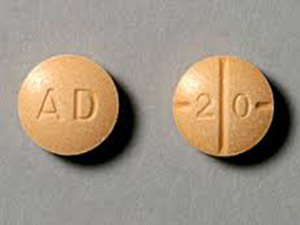 Buy Adderall Online
Buy Adderall Online -
 Buy Adipex Online
Buy Adipex Online -
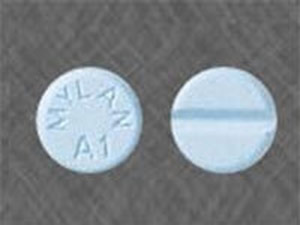 Buy Alprazolam Online
Buy Alprazolam Online -
 Buy Ambien Online
Buy Ambien Online -
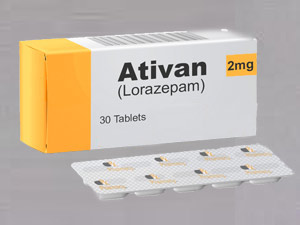 Buy Ativan online
Buy Ativan online -
 Buy Carisoprodol Online
Buy Carisoprodol Online -
 Buy Clonazepam Online
Buy Clonazepam Online -
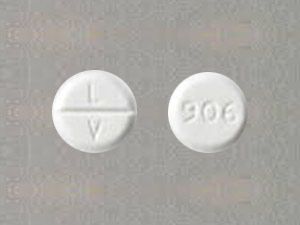 Buy Codeine Online
Buy Codeine Online -
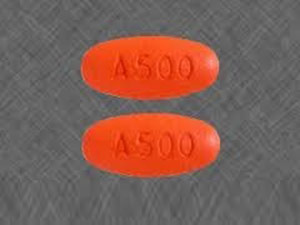 Buy Darvocet Online
Buy Darvocet Online -
 Buy Demerol Online
Buy Demerol Online -
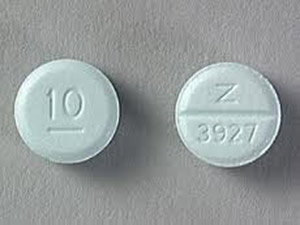 Buy Diazepam Online
Buy Diazepam Online -
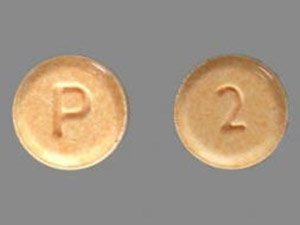 Buy Dilaudid Online
Buy Dilaudid Online -
 Buy Fioricet online
Buy Fioricet online -
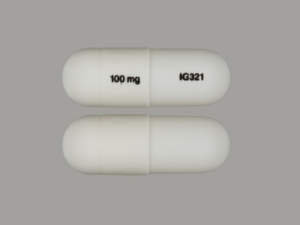 Buy Gabapentin Online
Buy Gabapentin Online -
 Buy Hydrocodone Online
Buy Hydrocodone Online -
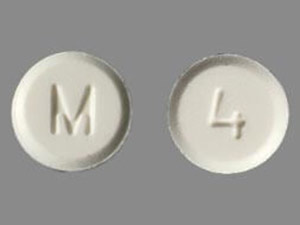 Buy Hydromorphone Online
Buy Hydromorphone Online -
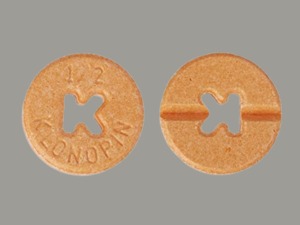 Buy Klonopin Online
Buy Klonopin Online -
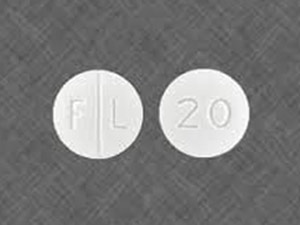 Buy Lexapro Online
Buy Lexapro Online -
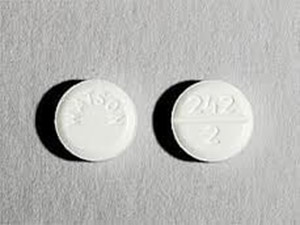 Buy Lorazepam Online
Buy Lorazepam Online -
 Buy Lorcet Online
Buy Lorcet Online -
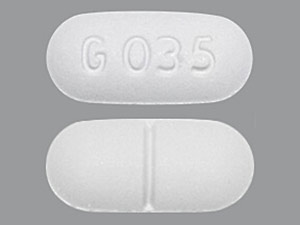 Buy Lortab Online
Buy Lortab Online -
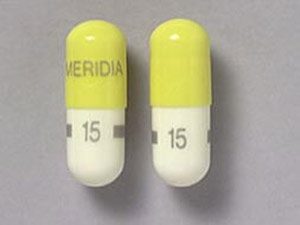 Buy Meridia Online
Buy Meridia Online -
 Buy Methadone Online
Buy Methadone Online -
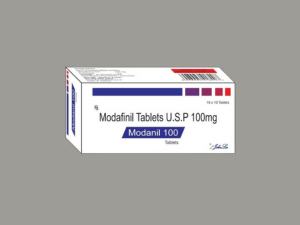 Buy Modafinil Online
Buy Modafinil Online -
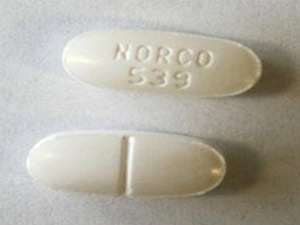 Buy Norco Online
Buy Norco Online -
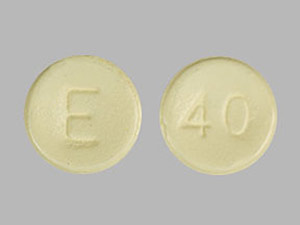 Buy Opana ER Online
Buy Opana ER Online -
 Buy Oxycodone Online
Buy Oxycodone Online -
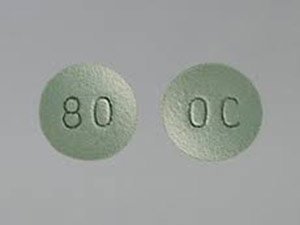 Buy Oxycontin Online
Buy Oxycontin Online -
 Buy Percocet Online
Buy Percocet Online -
 Buy Phentermine Online
Buy Phentermine Online -
 Buy Roxicodone Online
Buy Roxicodone Online -
 Buy Soma Online
Buy Soma Online -
 Buy Suboxone Online
Buy Suboxone Online -
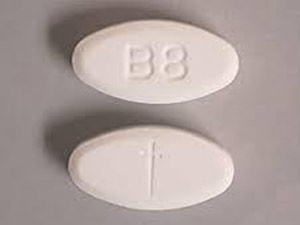 Buy Subutex Online
Buy Subutex Online -
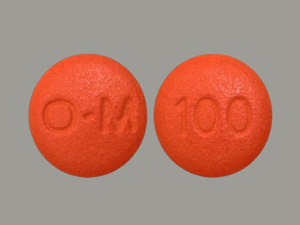 Buy Tapentadol Online
Buy Tapentadol Online -
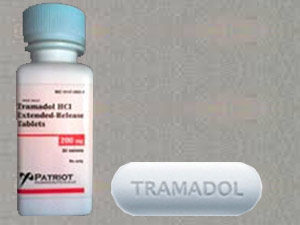 Buy Tramadol Online
Buy Tramadol Online -
 Buy Valium Online
Buy Valium Online -
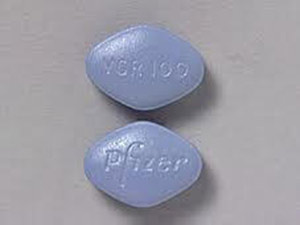 Buy Viagra Online
Buy Viagra Online -
 Buy Vicodin Online
Buy Vicodin Online -
 Buy Xanax Online
Buy Xanax Online -
 Buy Zolpidem Online
Buy Zolpidem Online

Leave a Reply